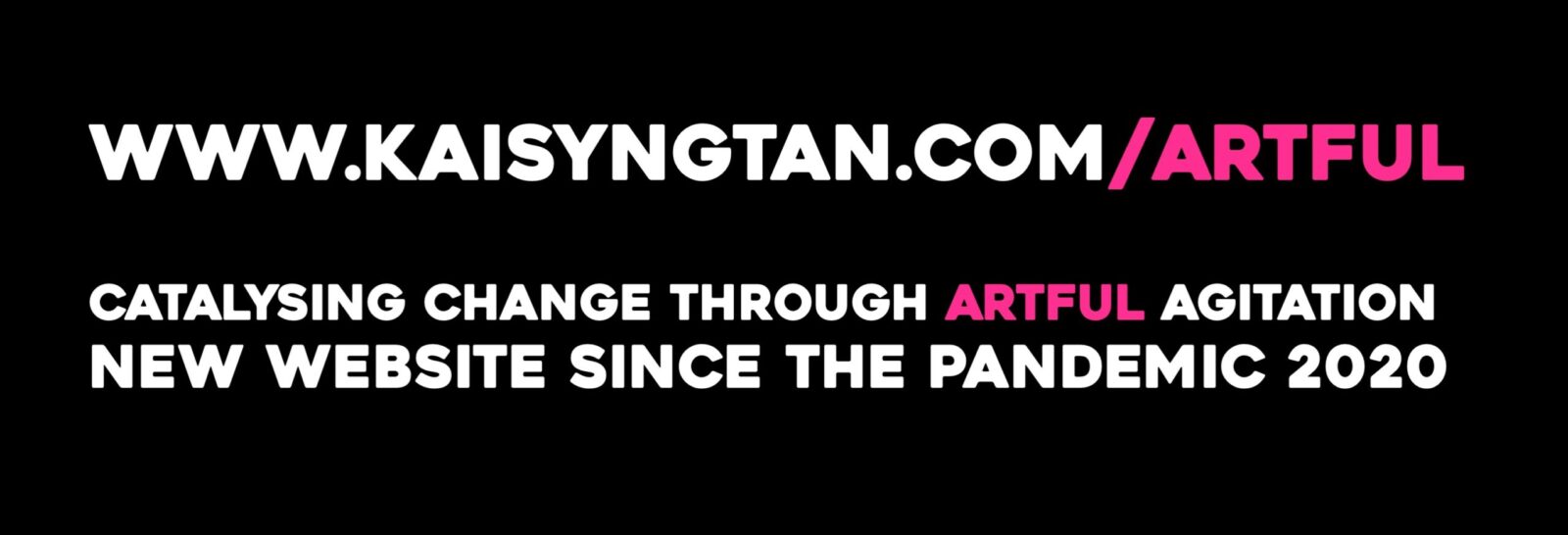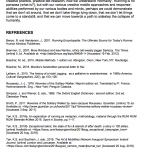Running dyspraxically and writing dyslexically as a mobile creative and critical strategy for a world in (com)motion. The text above (August 2018) is the first draft of an extract from a 5000-word text, and forms my background thinking on 4 ongoing work:
- Chapter “Run Riot” for Edward Elgar Publishing’s Handbook on Methods and Applications for Mobilities Research, which has 47 chapters. Edited by Professor Monika Büscher (Centre for Mobility Research CEMORE, Lancaster University), Professor Malene Freudendal-Pedersen (Department of People and Technology, Space, Place, Mobility and Urban Studies, Designing Human Technologies, Roskilde University, Denmark) and Professor Sven Kesselring Automotive Management: Sustainable Mobilities, Nuertingen-Geislingen University). My piece is in the final section called ‘Reflections’. Other sections are Motivations, Methods, Applications and writers include the who’s who of Mobilities Studies like Professor Mimi Sheller (Drexel University) and Kaya Barry (Griffith University), with topics ranging from synaesthesia to cargo, and from family mobility to planetary mobilities. (As we found out with other colleagues at the inaugural Art & Mobilities Network, with mobilities you can link the epic with the personal, the macro with micro. Delicious.)
- my performance-lecture-cum curatorial statement at the RUN! RUN! RUN! Biennale #r3fest 2018, which is hosted this year by the Paris School of Culture and Arts and co-curated with author and Dr Vybarr Cregan-Reid, Reader in English and Environmental Humanities at the University of Kent. The text thus takes on French thinkers who have criticised running – and my central argument is that they are but unfit (literally and figuratively), armchair critics who are bitter also because they just aren’t churning endocannabinoids
- thinking about RUN! RUN! RUN! #r3fest 2020 which has the working title of The Dangerous Language of Movement: Writing/thinking/running in an ‘ill-disciplined’ way as a methodology and metaphor today’. This explores art writing as a creative practice, writing, thinking and moving in a dyslexic and what I call an ‘ill-disciplined’ way as a creative and critical strategy to disrupt the status quo today.
- an illustrated anthology which I will co-edit with Dr Carali McCall and Anti Grove-White, two artist-runners with whom I co-curated the successful RUN! RUN! RUN! #r3fest 2016. Several academics and artists have responded to a 2017 call that I put out – and we are waiting the resources (including time!) to get this up and running!
The structure of the text follows philosopher Jean-Jaques Rousseau’s 1778 Reveries of a Solitary Walker, which I encountered in 2011 and referenced in a blog post in my online story-cum-PhD work Kaidie’s 1000-day Trans-Run 12.12.2009-09.09.2012. This piece of writing is timely, as I have just completed my stint as a 2017-2018 CEMORE Fellow and thinking about art and mobilities. It also enables me to think about my lifelong task of embedding mobilities in my work, and which I have discussed elsewhere, although not using the term or referring to the theories until recently. Following in Reveries’ design now is interesting because as early as 2000, I’d made a film entitled Chlorine Addiction in 10 chapters or what I called ‘laps’ which referred to my then ritual of swimming 10X100m daily. My reference at that time was Krzytof Kieslowski’s astounding Dekalog as well as other serialist and structuralist work that I was enjoying then. My text doesn’t just contemplate running as a methodology, which I have done across various platforms including textual, but works through how writing relates to running: Writing about running. Writing in general. Writing as someone who has has used/abused/customised text in her visual work all her life, but who has only found out that she/I was dyslexic (with dyspraxia and Attention Deficit Hyperactivity Disorder ADHD) in Autumn 2015, which opens up another prism to understand the relationship/tension between her/my images and text, as well as between her/me and the written (and spoken) word. Then going back to thinking about running, and understanding it as running dyspraxically and how the runner’s high relate to non-logocentric thinking, which I have explored in my PhD thesis, and which I have described then as an ‘overdrive’, and to my ADHD. Every single piece of my work uses text and always as a creative construct and never ‘as is’ i.e. never taken to be neutral/transparent. This includes my:
- cine-essays (which Chlorine Addiction was one)(and writing about it for a catalogue for the Cinema South Festival 2008);
- book co-created with Singapore artist Heman Chong that was distributed by Select Books;
- performance-lectures (which I began around 2005; I will do a new one in September at the Southbank Centre);
- Kathy Acker-inspired ‘writing on the wall’ pieces (vandalising the media art studio at the Slade!), and artists’ books as well as a massive hypertext work with links links and more links 1995-1998;
- involvement in Word and Image research group at the Slade led by Professor Sharon Morris 2009-2013;
- making tons of graphic novel-type drawings aged 18-19;
- learning Japanese as an immature mature woman from scratch, then writing a thesis in it, and ‘passing’ as one;
- Kaidie’s 1000-Day Trans-Run 12.12.2009—09.09.2012, which I’d mentioned. This is a large body of work with different strands. Outputs include drawings, photographs, film, installations, blog posts, performance-lectures and critical texts. This was my first major work that used running. In fact, this was a 1000-day or roughly 3-year process through which I took up running as an exercise in order to research it.
- recent chapter for another book (Palgrave) now in the second round of peer-review on mobilities in the context of culture. I want to make this Edward Elgar text have its unique voice, and to be distinct to that
If you have any comments / feedback on anything mentioned on this page please write to kai@kaisyngtan.com



